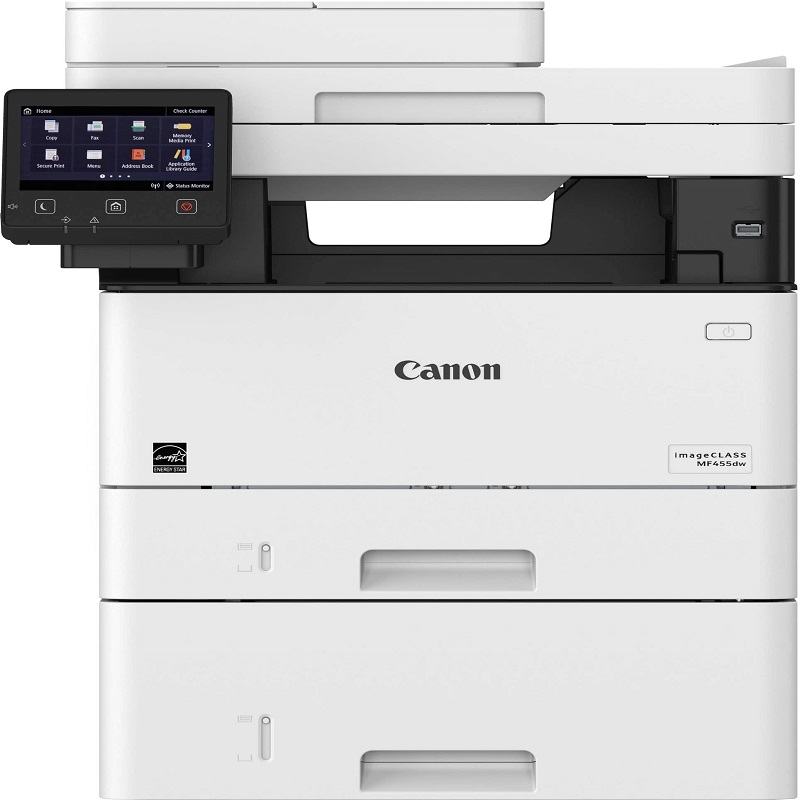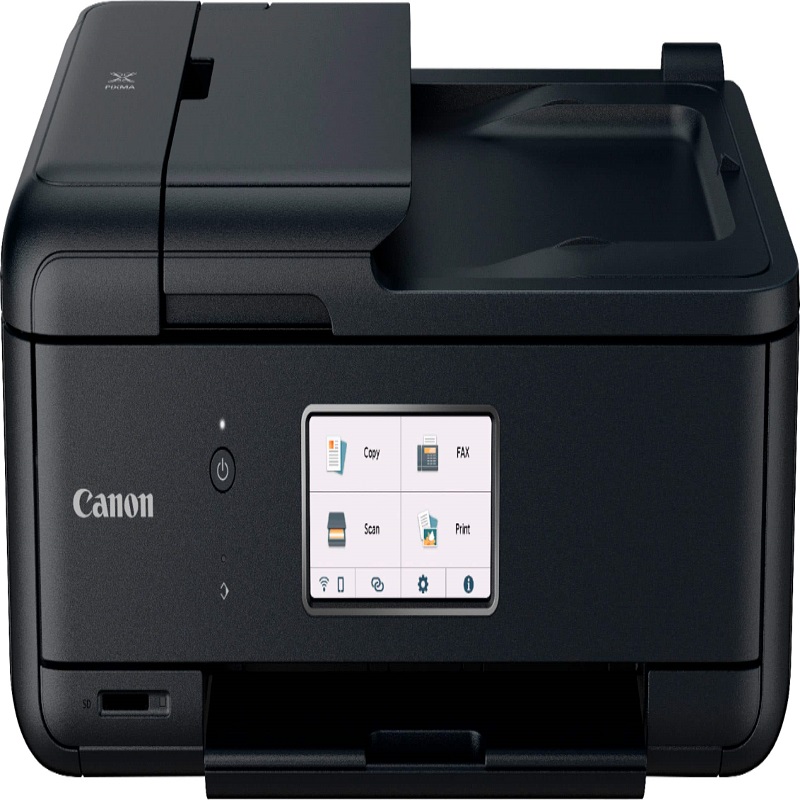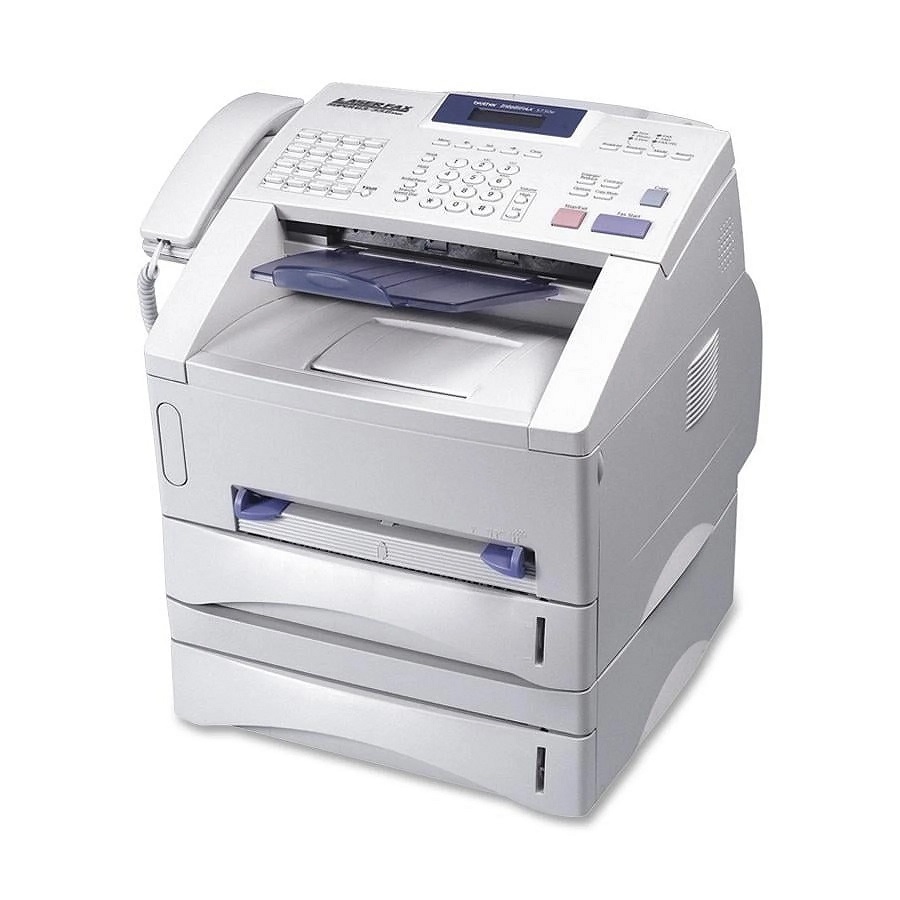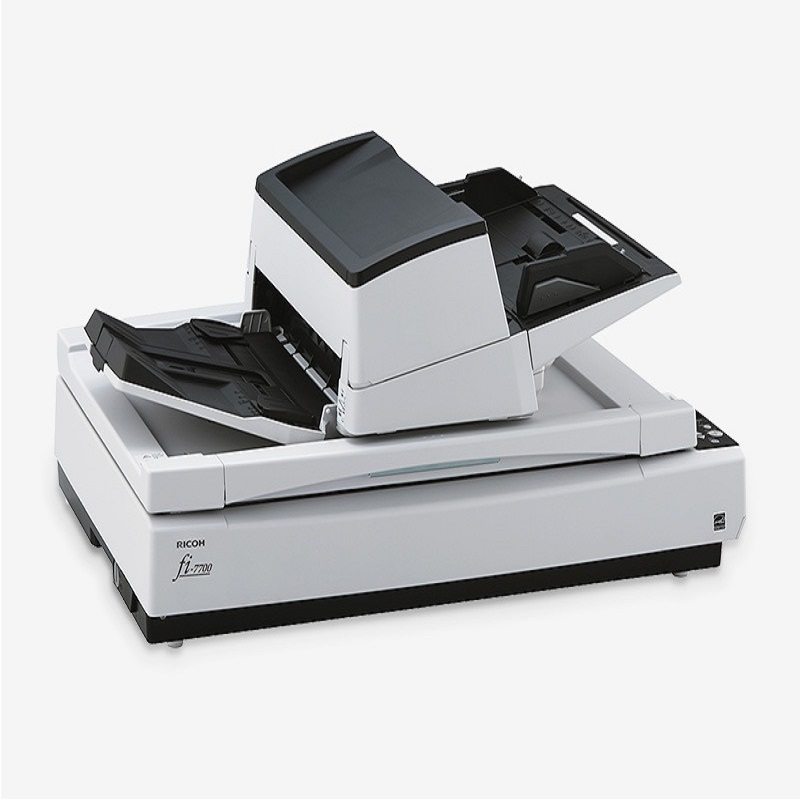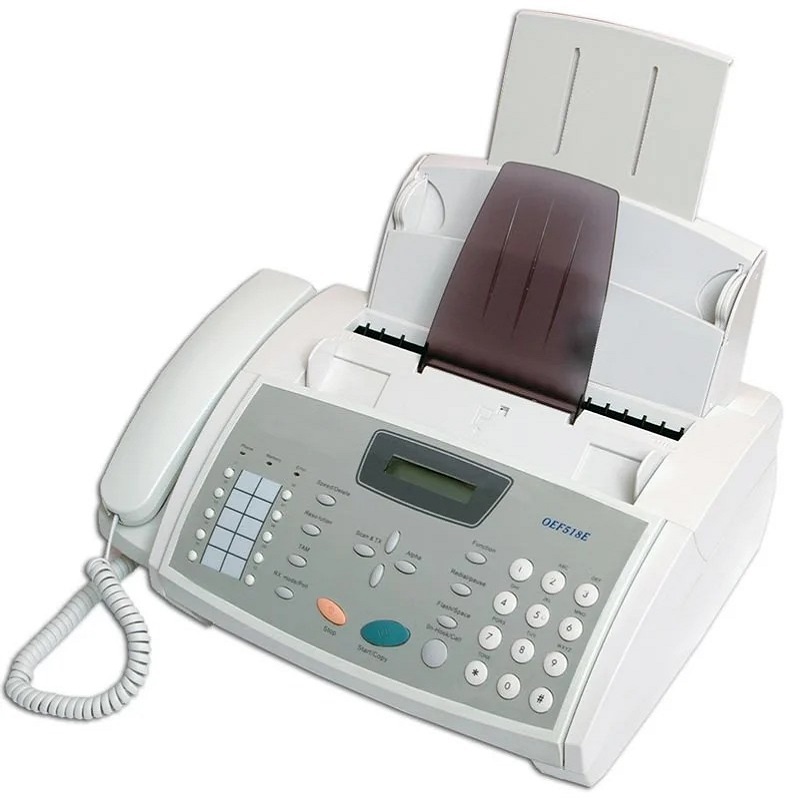How to connect a fax machine wirelessly? In today’s digital age, the need for a fax machine may seem obsolete to some, but for many businesses and individuals, it is still an essential tool for sending and receiving important documents. However, with the advancement of technology, the traditional method of connecting a fax machine using a phone line is slowly being replaced by wireless alternatives. In this article, we will discuss how to connect a fax machine wirelessly, providing step-by-step instructions and tips to help you make the transition to a wireless setup.
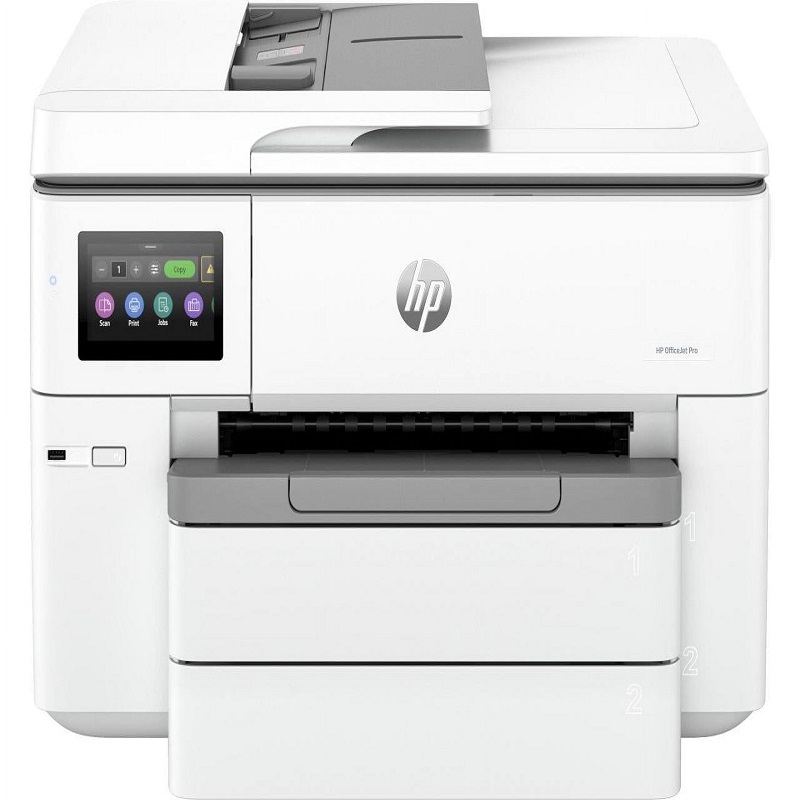
Understanding Wireless Faxing
Before we delve into the specifics of connecting a fax machine wirelessly, it’s essential to understand the basics of wireless faxing. With a wireless setup, your fax machine utilizes a Wi-Fi network to send and receive faxes, eliminating the need for a physical phone line. This not only provides greater flexibility and convenience but also allows you to save on line rental costs and simplify your office setup.
Ensure Compatibility
The first step in connecting a fax machine wirelessly is to ensure that your fax machine is compatible with wireless connectivity. Not all fax machines are designed to support wireless capabilities, so it’s crucial to check the specifications of your device. Look for features such as Wi-Fi connectivity, wireless printing, or network capabilities. If your existing fax machine does not support wireless connectivity, you may need to consider upgrading to a newer model that offers this functionality.
Set Up a Wireless Network
To connect your fax machine wirelessly, you will need to have a Wi-Fi network in place. If you already have a wireless router and network, ensure that it is functioning correctly and that you know the network name (SSID) and password. If you don’t have a wireless network, you will need to set one up before proceeding with the wireless fax setup. This typically involves configuring your wireless router and connecting it to your internet service.
Configure the Fax Machine
Once you have verified the compatibility of your fax machine and set up a wireless network, the next step is to configure the fax machine for wireless connectivity. Start by accessing the settings or setup menu on your fax machine. Look for options related to wireless or network connectivity, and select the appropriate settings to enable wireless functionality. You may be prompted to enter the SSID and password for your Wi-Fi network, so have this information on hand.
Test the Connection
After configuring the wireless settings on your fax machine, it’s crucial to test the connection to ensure that everything is functioning as intended. Send a test fax to a known recipient to verify that the wireless setup is working correctly. If the fax is received successfully, it indicates that your wireless connection is operational. If the fax fails to go through, double-check the wireless settings on your fax machine and ensure that it is connected to the correct Wi-Fi network.
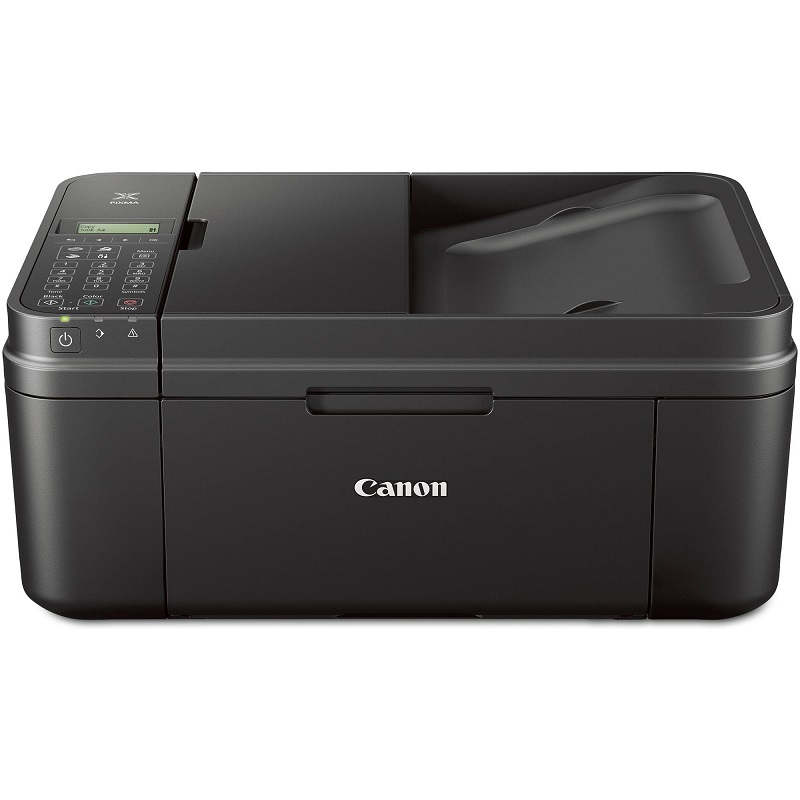
Troubleshooting
In some cases, you may encounter issues or complications when trying to connect a fax machine wirelessly. Common problems include poor signal strength, incorrect network settings, or compatibility issues. If you experience difficulties with the wireless setup, consider troubleshooting the problem by checking your network settings, moving the fax machine closer to the wireless router, or consulting the user manual for specific troubleshooting steps.
Advantages of fax machine wirelessly
Fax machines have long been a staple of office communication, allowing users to easily send documents and messages over long distances. The traditional fax machine requires a physical phone line connection in order to function, but advances in technology have brought about the development of wireless fax machines. These devices are able to send and receive faxes without the need for a physical connection, offering a range of advantages for users.
Convenience and Mobility
One of the key advantages of wireless fax machines is the convenience and mobility they offer. With a traditional fax machine, users are limited by the need to be in close proximity to the device in order to send or receive faxes. This can be a significant limitation in a modern, fast-paced office environment where employees are constantly on the move. Wireless fax machines eliminate this issue by allowing users to send and receive faxes from anywhere within the range of their wireless network. This means that employees can send and receive important documents while on the go, without having to return to a specific location to access the fax machine. This level of mobility can greatly increase productivity and efficiency in the workplace.
Cost Savings
Another advantage of wireless fax machines is the potential for cost savings. Traditional fax machines require a dedicated phone line in order to function. Which can result in additional monthly costs for businesses. In contrast, wireless fax machines operate over a wireless network. Which means that there is no need for a dedicated phone line. This can result in significant savings for businesses. Particularly those with multiple fax machines or a high volume of faxing activity. Additionally, the ability to send and receive faxes from anywhere within the range of the wireless network can reduce the need for physical office space, potentially leading to further cost savings for businesses.
Improved Security
Wireless fax machines also offer improved security compared to traditional fax machines. When using a traditional fax machine, documents are typically printed out on the receiving end, where they can be easily accessed by unauthorized individuals. This can pose a significant security risk for sensitive or confidential information. In contrast, wireless fax machines allow for the secure transmission of documents in a digital format, reducing the risk of unauthorized access to sensitive information. Many wireless fax machines also offer advanced security features such as encryption and password protection, further ensuring the security of transmitted documents. This can be particularly important for businesses that handle sensitive or confidential information, such as legal or financial documents.
Environmental Benefits
In addition to the practical advantages. Wireless fax machines also offer environmental benefits. Traditional fax machines require paper for printing out received faxes. Which can result in a significant amount of paper waste over time. By contrast, wireless fax machines allow users to receive faxes in a digital format. Eliminating the need for paper altogether. This not only reduces paper waste, but also decreases the need for other resources such as ink and toner. Additionally, by eliminating the need for a physical phone line. Wireless fax machines can help to reduce energy consumption. And minimize the environmental impact associated with traditional fax machines.

Flexibility and Scalability
Finally, wireless fax machines offer a high level of flexibility and scalability. Traditional fax machines are limited by the need for physical phone line connections. Which can restrict the placement and number of devices within an office environment. Wireless fax machines, on the other hand. Can be easily installed and moved to accommodate changing office layouts or expansion. This flexibility allows businesses to adapt their faxing capabilities to meet their evolving needs. Without being limited by the constraints of physical connections. Additionally, the wireless nature of these devices makes it easy to scale up the number of fax machines to accommodate growing business requirements. Without the need for additional infrastructure or resources.
Conclusion
Connecting a fax machine wirelessly offers numerous benefits. Including increased flexibility, cost savings, and streamlined connectivity. By following the steps outlined in this guide, you can transition to a wireless fax setup with confidence. Knowing that you are embracing the latest technology to enhance your faxing capabilities. As wireless technology continues to evolve, wireless faxing is likely to become the standard. Providing a more efficient and convenient way to send and receive faxes in the modern workplace.
